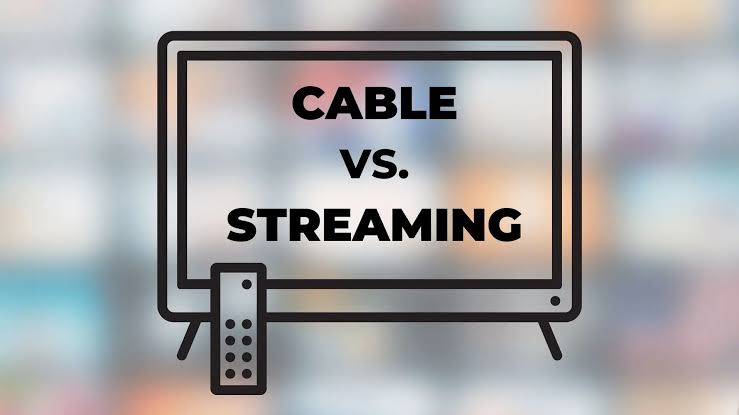
Though streaming TV is more recent and flashier than cable or satellite, is it truly superior? Your eyes receive live and on-demand television from all three sources, but there are slight—and noticeable—differences.
There are many channels and higher video quality on cable and satellite TV. However, live TV streaming options are less expensive, more adaptable, and more personalized.
Both cable and streaming providers offer a wide selection of TV shows and films. The main difference between cable TV and streaming services is that the latter lets you watch programmes on demand while the former requires you to watch them as they air. On-demand content is, nevertheless, offered by the majority of cable providers.
Let’s find out where Cable TV and streaming platforms differ and which is better.
Prices and taxes
According to an analysis, taxes and fees might increase the monthly rate by $30 to $50. For instance, Xfinity charges extra costs for regional sports (up to $19 per month) and broadcast TV (up to $25 per month), as well as $5 for each additional Flex TV box. Verizon Fios doesn’t charge a fee for broadcast TV, but it does charge for boxes ($6 apiece) and DVR service (an additional $12 and more). Monthly fees from Spectrum include $21 for broadcast TV, $9 for a box and remote, and $13 or more for DVR service. Similar rates are charged by Cox and DirecTV/AT&T, and municipal taxes will vary depending on the provider.
The tables above show the average price following the expiration of any one-year or two-year promotional pricing. Discounts for autopay and paperless billing are also included in the price; these are often $10 per transaction. Depending on what is available, you might be paying a little more or less in metropolitan locations like New York than in places like Portland, Maine, or rural Kansas.
Content availability
Cable continues to outperform the majority of streaming providers in terms of content availability. They typically offer hundreds of channels, with the majority (if not all) of the “variant” channels for networks like sports being included. But this is also the reason why cable costs so much. They can provide you with programming because of bundle deals with large content networks, and while they may be less expensive per channel, you are limited in what you can choose.
However, the overall number of channels offered by streaming services is lower. They will, however, most likely contain all the essential channels that viewers will require. The majority of streaming services will provide what you want unless you watch a lot of channels or have a certain item on your must-have list.
Channels
The quantity of channels available on streaming services is another distinction between them and cable. Typically, cable TV offers a wider range of channels than streaming options. Your real viewing habits, though, likely limit the number of channels you actually access. Obtaining all the channels you desire in a single bundle is also challenging. Your favorite channels are bundled together in various packages by cable TV companies so you can purchase more subscriptions.
On the other hand, you can select your channels on the majority of streaming providers. You have more control over your monthly bill thanks to this, and you only have to pay for the channels you use.
What should you choose?
With a comprehensive package that runs under a consistent contract, cable, most of the uncertainty is removed. In terms of content alternatives, it is likewise very constrained and frequently lags behind more recent works. Those who aren’t ready to commit yet can find the idea of a contract to be unpleasant.
Streaming is more flexible, more inexpensive, and delivers a wider variety of good content. Having too many options can make viewers frustrated when their favorite shows or films aren’t offered.